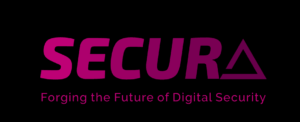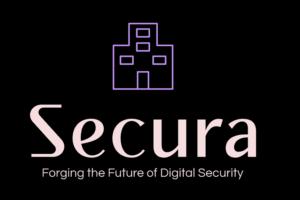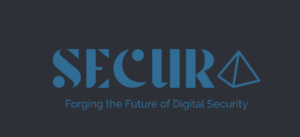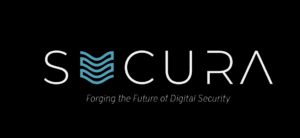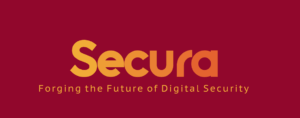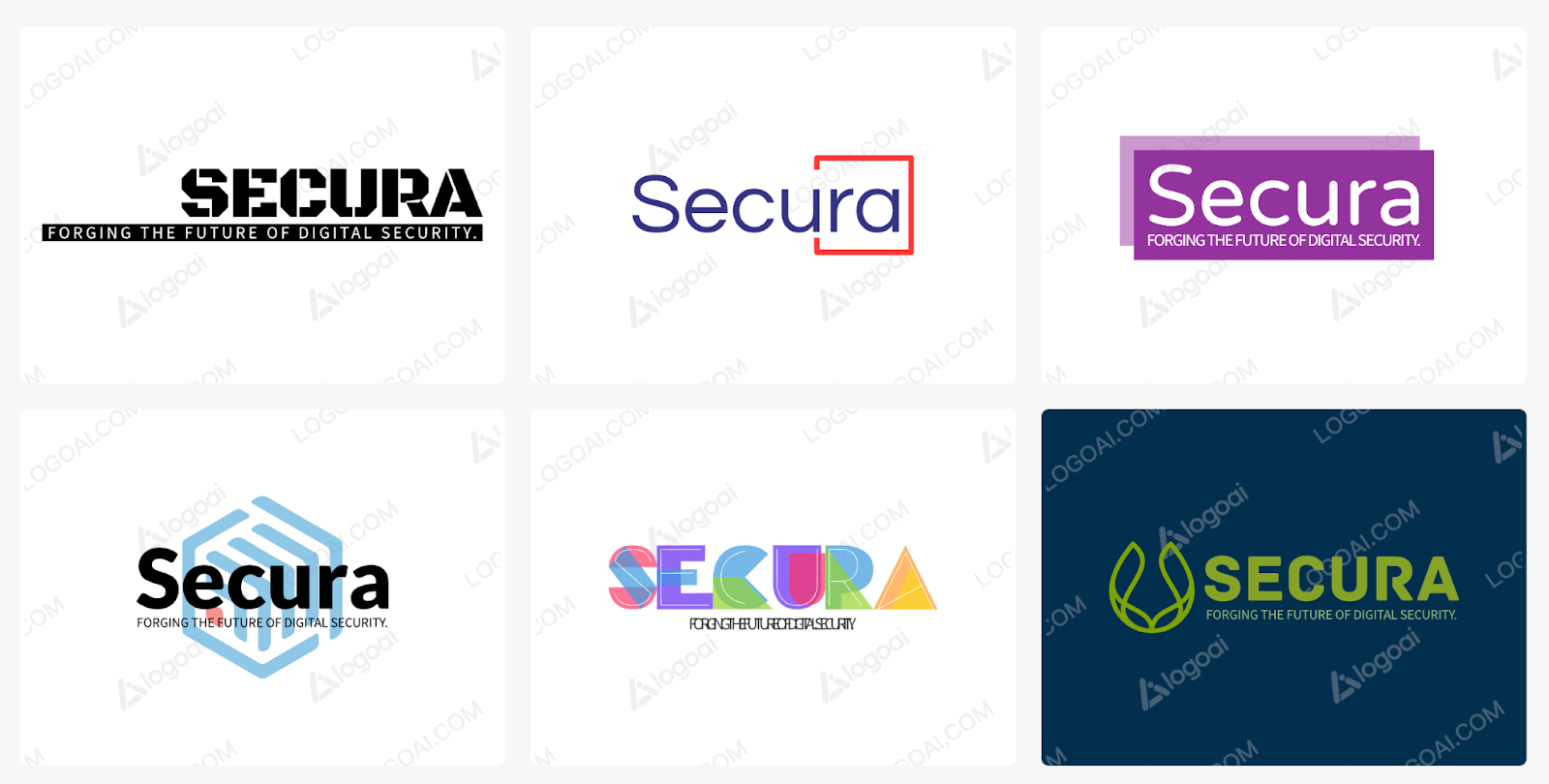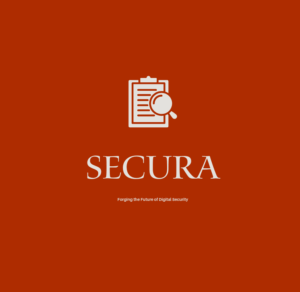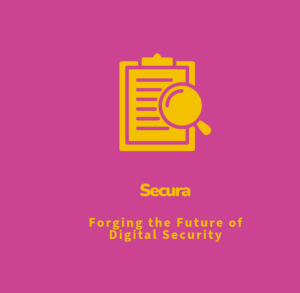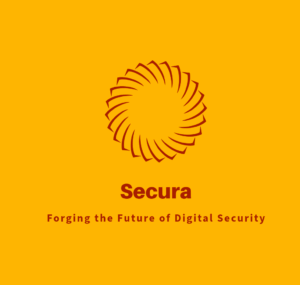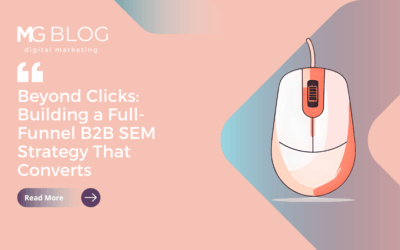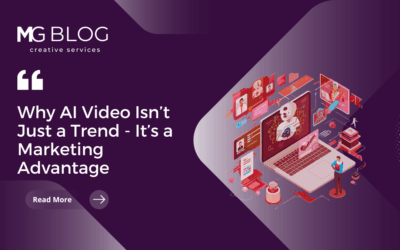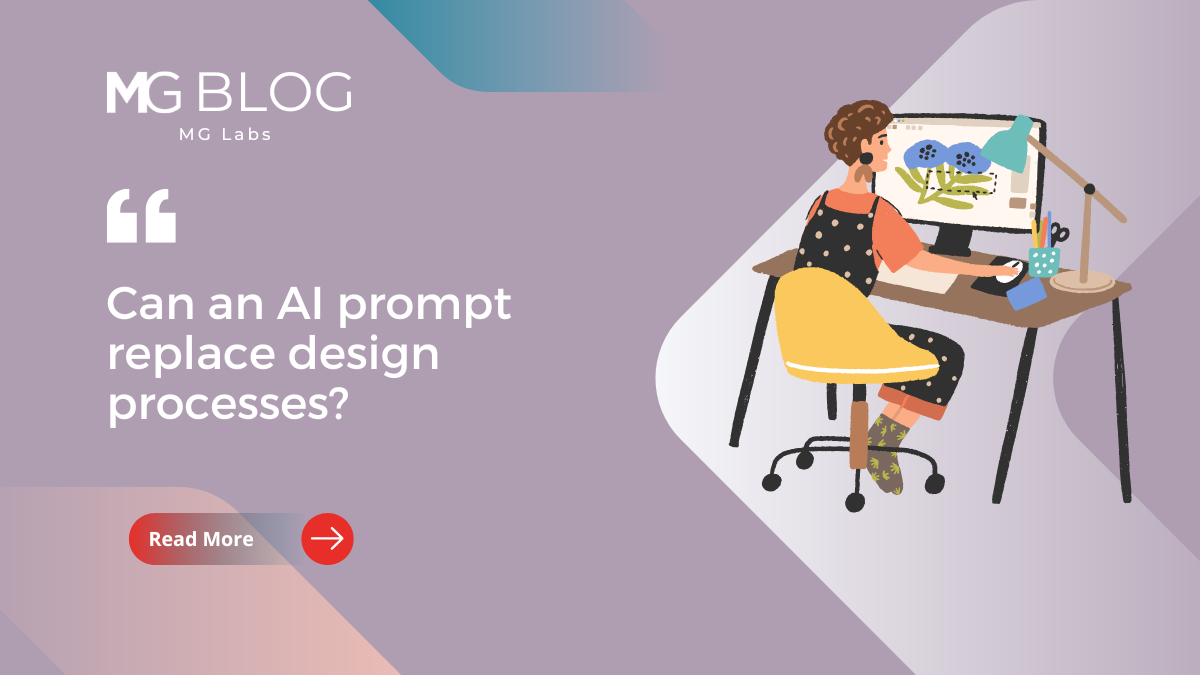
As a graphic designer, it’s impossible to ignore how quickly AI is weaving its way into the creative process. From Photoshop’s generative fill tool to Illustrator’s AI-assisted vector generation plugins, design software is evolving to make creation faster and more accessible. With just a few words typed into a prompt, designers can now generate visual elements, modify compositions, or explore variations that would have taken hours to produce manually.
While these tools aren’t capable of replacing a designer’s role, they could help streamline the most time-intensive stage of the process: conceptualizing. AI can help jumpstart ideas, break through creative blocks, and offer unexpected directions — serving more as a brainstorming partner to expedite the creative process. That said, the line between leveraging AI for inspiration and relying on it entirely can feel blurry. It’s important for creatives to understand how to use these tools ethically and effectively while still maintaining ownership and intentionality in their work.
One area where this difference is especially clear is logo design. Logos must carry the weight of a brand’s identity, often needing to be simple, modern, and memorable, while also hinting at the company’s values or mission. Some logos are purely symbolic, others are rich with layered meaning, and the best often strike a balance between the two.
To explore how well AI tools can assist in this process, I tested a range of popular logo generation platforms to see how they interpret and conceptualize brand identity. Here’s what I discovered.
Meet Secura: an AI-generated cybersecurity brand
For this experiment, I focused on a sector our team often works with: cybersecurity. I imagined a startup called Secura that focuses on small business security. Each AI tool was given the following information about Secura and asked to generate a series of logo options.
- Brand name: Secura
- Tagline: Forging the Future of Digital Security.
- About: Secura is a cutting-edge cybersecurity company specializing in small business security, real-time response systems, and secure infrastructure design. Built for enterprises and startups alike, Secura offers scalable protection forged from military-grade protocols and innovative machine learning.
Looka
The first tool I evaluated was Looka, an AI-powered graphic design company that specializes in logos and brand kits.
Pros:
- Extremely user-friendly: Looka walks you through brand name, industry, style, and color inputs to generate logo ideas in seconds with any given prompt.
- Includes vector and high-res formats: Premium plans unlock SVG, EPS, transparent PNG/JPG, usable for scaling and print.
Cons:
- Customization is limited: You can’t freely drag items, fine-tune icon placement, or upload shapes. Additionally, editing is template driven only once the logo is created.
- Designs may feel generic: Some logos are reminiscent of other platforms, especially if you pick common styles or icons.
Brandmark
Next, I tested Brandmark, which markets itself as “only logo maker with free customization.”
Pros:
- Unlimited revisions included: You can update or customize your logo indefinitely, even after purchase.
- Offers detailed branding tools beyond logos: Includes AI features like Logo Rank (logo quality scoring), AI Color Wheel (palette suggestions), Font Generator, multi-resolution export via Logo Crunch, plus assets like social icons and brand guides.
Cons:
- Mockups and asset previews are less polished: While other tools offer better mockups and collateral previews, Brandmark’s presentation can feel basic.
- Design flexibility is limited: While AI makes customization easy, it can feel restrictive. There is a limited selection of fonts, colors, and layouts to tweak, and the generator didn’t follow the prompt exactly as it was given.
LogoAI
The third tool I tested was LogoAI. This company offers a range of services, including a logo maker, icon generator, AI image editor, logo animation, and a business card maker.
Pros:
- Multiple branding assets: Higher-tier plans include vector formats (SVG/EPS), transparent PNGs, animated logos, brand templates, business cards, mockups, and social media assets.
- Customization tools available: Editor supports slides like icon skew, rotation, color shifts, font uploads, and logo animations, giving more control than other generators.
Cons:
- Restricted revision window: Logo name or symbols changes are only allowed within 3 days post-purchase. Beyond that, adjustments may require renewing or contacting support.
- Limited customization in lower tiers: The basic tier restricts vector output and editing flexibility, while deeper customization often requires higher-tier plans.
Adobe Express
The final tool I evaluated is Adobe Express, which brands itself as “the quick and easy create-anything app.”
Pros:
- Integrates with Adobe Express workflow: Logos can be tweaked further using Adobe Express’s broader design toolset (graphics, layouts, social content), powered by Firefly AI. This works well if you or your team already use Creative Cloud
- Free to use and beginner-friendly: You can generate and download logos (PNGs and JPEGs, including transparent backgrounds) without paying, making Adobe Express ideal for startups, side projects, or rapid prototyping. No design skill required.
Cons:
- Very limited customization: You can change font and color, but options are restricted. You have to click through preset choices rather than selecting from an open list and cannot manually adjust layout or typography.
- Doesn’t provide many options: The logo maker sticks to almost exactly what you give it. There is not much variety in the design or style, and it doesn’t closely adhere to what you ask it for.
While AI logo generators can be a helpful starting point for sparking inspiration, most of them offer limited customization. There’s often very little space to provide a detailed brand description and once a logo is generated, the ability to refine it — whether through adjusting spacing, iconography, or typography — is minimal. But effective logo design is rarely that simple. It requires a deep understanding of the brand’s personality, mission, and target audience. The most impactful logos aren’t just visually clean; they reflect subtle design decisions like how negative space is used, the impact of a typeface, or how a symbol communicates abstract ideas.
Because of this, AI tools fall short when it comes to crafting a truly cohesive identity. If they allowed more room to define the look, feel, and concept, they could be a stronger part of the ideation phase. For now, they’re best used as a shortcut for generating loose concepts, not a replacement for the hands-on process of creating a logo that truly captures the depth and meaning behind a brand. Just like referencing stock imagery or previous projects, these tools can be a valuable resource during the design process — offering a creative push when you need fresh direction or a new perspective. However, this experiment showed that the best, most iconic logos still come from human creativity, POVs, and ingenuity, with AI playing a supporting role.
MG Studio is our full-service content and design team that’s ready to help you drive the buyer journey forward with messaging and positioning, brand creation and design, interactive design, video production, and more. Check out our full list of services to discover how we can help elevate your brand with compelling designs and actionable content.


